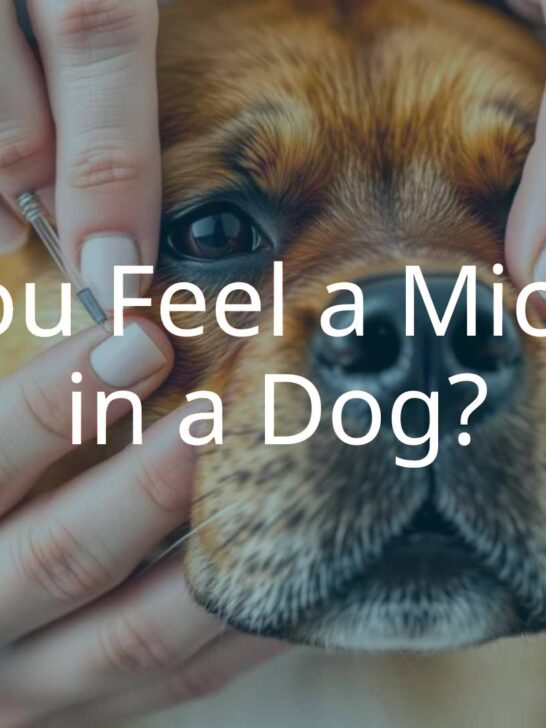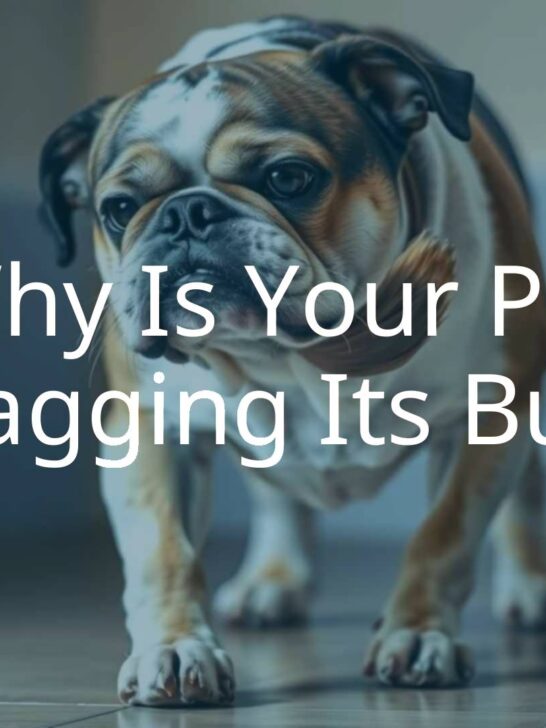When Do Puppies’ Eyes Change Color?
|
Prefer listening over reading? We got you covered!
Getting your Trinity Audio player ready...
|
Welcoming a new puppy into your home can be an exciting and joyful experience. As you watch your puppy grow and develop, you may start to notice changes in their appearance, including their eye color. Many puppies are born with bright blue eyes, but when do their eyes begin to turn different color? Let’s explore this fascinating process and answer some common questions about puppy iris color.
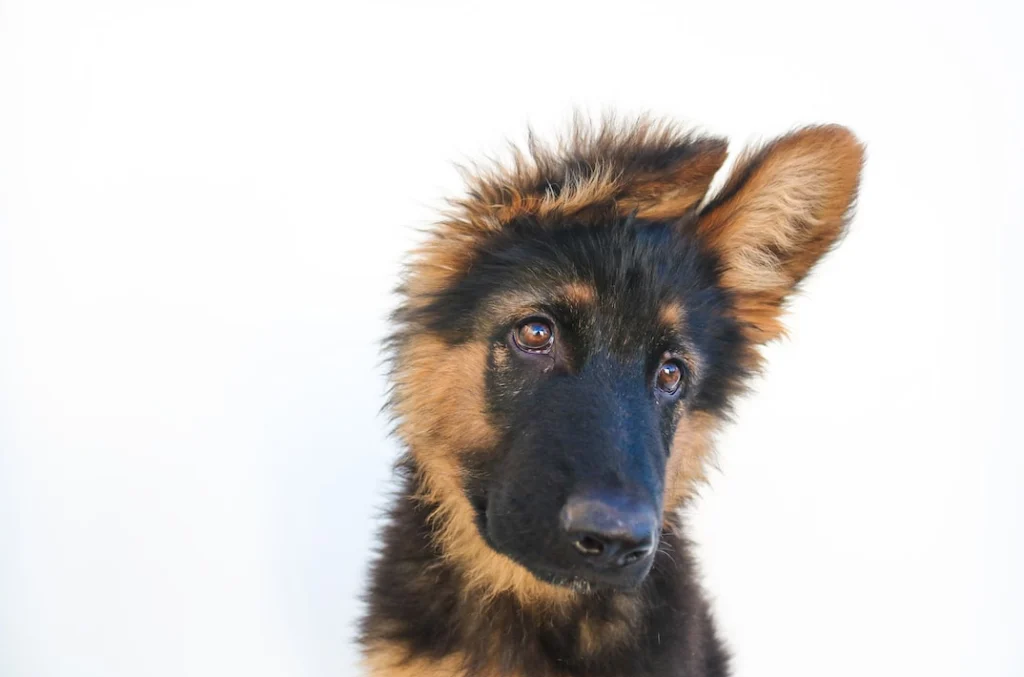
Why are puppies born with blue eyes?
Are all puppies born with blue eyes?
While it is true that many puppies are born with blue eyes, not all of them are. The presence of blue eyes in puppies is more common in certain breeds, such as Siberian Huskies and Australian Shepherds.
What causes puppies to have blue eyes?
The blue color in a puppy’s eyes is a result of a lack of melanin, which is responsible for pigmentation. When a puppy is born, their melanin production is not yet fully developed, leading to the appearance of blue eyes. As the puppy grows and develops, melanin production increases, causing their eye to change.
Do all puppies’ eye colors change?
No, not all puppies’ eyes change. Some puppies are born with iris colors that will remain the same throughout their lives. The potential for a puppy’s iris to change depends on various factors, including their breed and genetic makeup. For example, dogs with the merle gene exhibit a variety of coat colorations, often featuring a fusion of deeper tones in a marbled arrangement over a lighter base. This particular gene not only shapes coat design but can also influence the eye color and certain patches of skin on the dog, typically observed in the nose or paw pads. A dog that carries the merle gene can have blue eyes throughout its whole life.
When do puppies’ eyes start to change color?
Watching a puppy grow is an amazing experience. One of the magical moments is when their eye color starts to change. At first, puppies are born with blue eyes. But as they get older, their eye color begins to shift. Every puppy is different, so the timing and color change can vary. Some puppies’ eyes might turn brown, while others could become green or hazel. It’s truly fascinating to see this change happening and to know that your furry friend is growing up right in front of you. Treasure these small milestones and enjoy every moment of this incredible journey with your adorable, ever-changing puppy.
At what age do puppies’ eyes start to change color?
The timing of when a puppy’s iris start to turn different color can vary. In most cases, puppies’ eyes begin to shift in color between six to eight weeks of age. However, it is essential to remember that each puppy is unique, and there may be slight variations in this timeline.
How long does it take for a puppy’s eyes to change?
Puppy eyes change color typically over the course of several weeks. As the puppy grows, their eye color gradually transitions from blue to their final shade. It is an exciting time to watch your puppy’s irises transform and reveal their unique personality.
What are the first signs that dogs eyes are changing color?
One of the first signs that your dog’s eyes are changing is the gradual fading of the blue hue. You may notice that their eyes appear less vibrant and more translucent. Additionally, a new pigment may start to develop, such as light brown or amber. These are indications that your puppy’s irises are steadily transitioning to their permanent color.
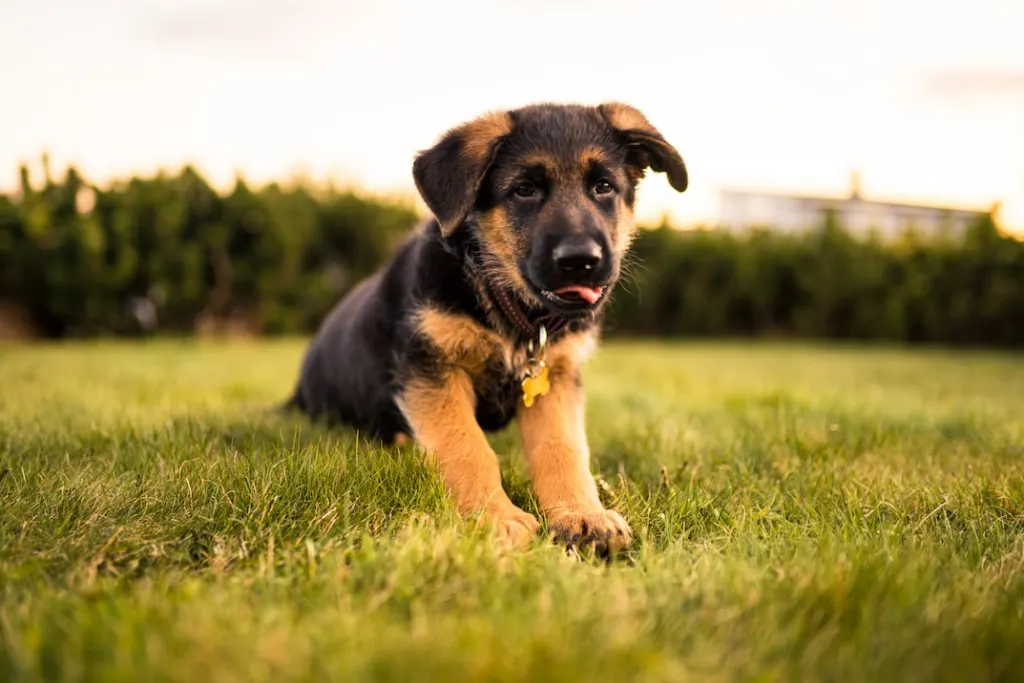
Do all puppies’ eyes change color?
Which breeds are more likely to have their eye colors change?
While not all puppies’ eyes change color, certain breeds are more likely to experience this phenomenon. Breeds such as Siberian Huskies, Australian Shepherds, and Border Collies are known for their eye color changes. These breeds often have puppies born with blue eyes that later transition to shades like amber or brown.
What determines whether eyes will change color?
The color change of the iris is determined by various factors, including their genetic makeup and breed. The presence of specific genes can influence the production and distribution of melanin, ultimately affecting the dog’s adult eye color. Additionally, environmental factors may also play a role in the color change process.
What factors can cause the blue eye color to change?
Several factors can affect the color change in a blue-eyed puppy. The level of melanin in the iris, the structure of the eye, and the puppy’s overall health can all impact their eye color development. It is essential to provide proper care and nutrition to ensure healthy eye development in your puppy.
Can eye color change back to blue?
Is it possible for eye color to revert to blue?
In some rare cases, eye color may appear to revert to blue temporarily. This change is typically due to a phenomenon called the “blue haze.” However, this is not a permanent change and is often a temporary effect caused by lighting conditions or other environmental factors.
Under what circumstances can a canine’s eyes turn blue again?
Eyes cannot turn blue again once they have transitioned to their final color. Once the melanin production has increased and the new pigments have formed, the color will remain stable throughout their lifetime.
Are there any health issues associated with eye color change?
In general, the changing of the eye color is a natural and healthy process. However, if you notice any sudden or significant changes in your dog’s eye color, it is always best to consult with a veterinarian. Changes in eye color could occasionally be a symptom of an underlying health issue that requires medical attention.
When will eyes settle into their final color?
At what age can you expect eye color to stabilize?
The stability of the eye color can vary. In most cases, you can expect a dog’s eye color to stabilize between three to four months of age. However, it is essential to keep in mind that there may be minor shifts in shade during this period.
How can you tell when a dog has reached a mature eye color?
When a puppy’s eye color has reached its final shade, it will appear consistent and uniform. The various pigments in the iris will have fully developed, resulting in a rich and distinct color. It is a delight to witness the color of their eyes to settle into their unique hue.
Is it normal for eyes to continue changing color into adulthood?
No, it is not normal for eyes to continue changing color into adulthood. Once the eye color has stabilized, it will typically remain the same throughout their life. However, it is important to note that certain eye conditions or diseases can cause changes in eye color in dogs, and if you notice any unusual changes, it is crucial to seek veterinary advice.
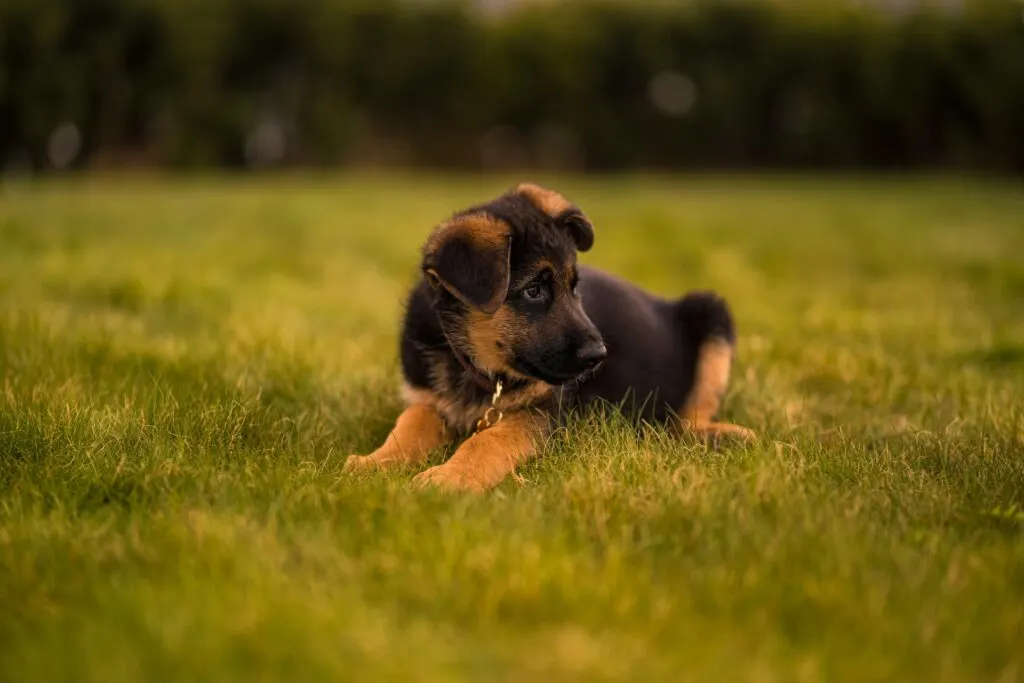
FAQ
Can dogs keep their blue eyes as they grow older?
Yes, some dogs can keep their blue eyes as they mature. This is more common in certain dog breeds.
Do all puppies have blue eyes?
No, not all puppies have blue eyes. Puppies are typically born with baby blues, but their eye color can change as they get older.
How long do puppies have blue eyes?
Puppies usually have blue eyes until they are around 6 to 8 weeks old. After that, their eye color may start to change.
What causes a puppy’s eye color to change?
A puppy’s eye color can change due to the development of pigment in the iris. As the puppy grows, the pigment can darken the eyes to a different color, such as brown or amber.
Is it possible for a dog to have one blue eye and one brown eye?
Yes, it is possible for a dog to have one blue eye and one brown eye. This is known as heterochromia and can occur in dogs with different eye colors.
Do all dogs with blue eyes stay blue-eyed?
No, not all dogs with blue eyes will stay blue-eyed. Some dogs may have blue eyes as puppies, but their eye color can change as they mature.
How can I tell if my new puppy will keep its blue eyes?
It is difficult to determine if a puppy will keep its blue eyes. Generally, the color of a puppy’s eyes can change as it grows older.
Whose eyes are more likely to stay blue, male or female dogs?
There is no difference in the likelihood of a male or female dog’s eyes staying blue. It depends on the individual dog and its genetics.
Can a dog’s eye color change from blue to another color?
Yes, a dog’s eye color can change from blue to another color as it gets older. The change in eye color is usually due to the production of pigment in the iris.
What is the most common eye color in dogs?
Brown is the most common eye color in dogs. While blue eyes can be seen in certain breeds or as a temporary color in puppies, brown is the predominant eye color in adult dogs.
















